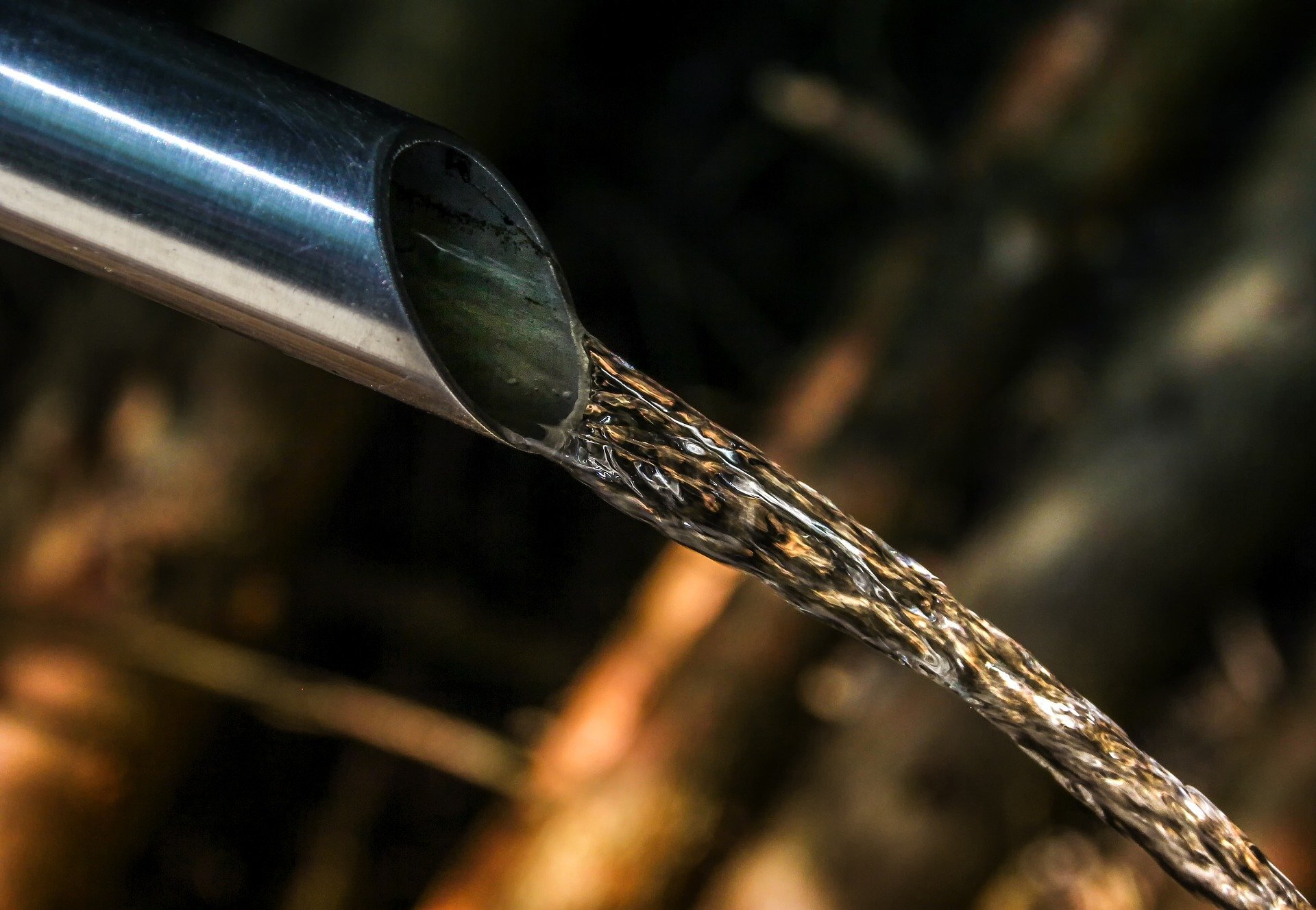Will CIPP Make My Water Pressure Worse?

CIPP technology is a trenchless pipe repair method that involves inserting a liner into the damaged pipe and curing it with heat or UV light. Unlike traditional repair methods, CIPP is becoming the go-to alternative for most businesses and homeowners. However, one concern most homeowners or companies may have when considering CIPP as a repair option is whether it will negatively impact their water pressure.
Generally, the traditional pipe repair method affects the water supply system in several ways. For example, excavation and replacement of damaged pipes significantly affect the landscape, building structure, and water supply system. But is it the same with CIPP? Here is an explanation of how CIPP can affect water pressure:
CIPP Technology Ensures a Smooth Surface
One advantage of CIPP is that it creates a smooth surface inside the pipe. When a pipe suffers damage, its interior surface can become rough or uneven due to corrosion, buildup, or other factors. This rough surface can create friction that slows the flow of water and reduces water pressure.
CIPP improves water flow and pressure in the repaired section of the pipe by creating a smooth surface in the fixed pipe. The smooth surface reduces the likelihood of blockage and clogs and reduces potential water pressure problems.
Pipe Diameter
One notable difference with CIPP is a slightly smaller diameter. The relining process adds a very thin layer to the original pipe, increasing the water pressure and flow.
CIPP Technology Ensures Optimal Pipe Condition
The condition of the existing pipe before CIPP can also affect water pressure. If the existing pipe is severely damaged or has suffered corrosion or collapse, there’s little CIPP can do to save the situation.
In such cases, the damaged section of the pipe will need replacement instead of repair. However, a proper installation should improve water flow and pressure in pipes. It is important to work with a reputable and experienced contractor who can assess the condition of the existing pipe and recommend the best course of action.
Installation
CIPP installation is as necessary as the pipe assessment and check. During the procedure, experts ensure that the epoxy lays smoothly over the existing pipe. If mishandled, you won’t get a strong, seamless result. So it’s down to your contractor to do a stellar job to ensure optimal water pressure. CIPP should not affect your water pressure adversely. Instead, it should improve and reinforce your water lines.
Choose What is CIPP, where technicians have the equipment and expertise to remediate your pipe problems. We always conduct a video inspection to examine the damage and determine the correct fix!